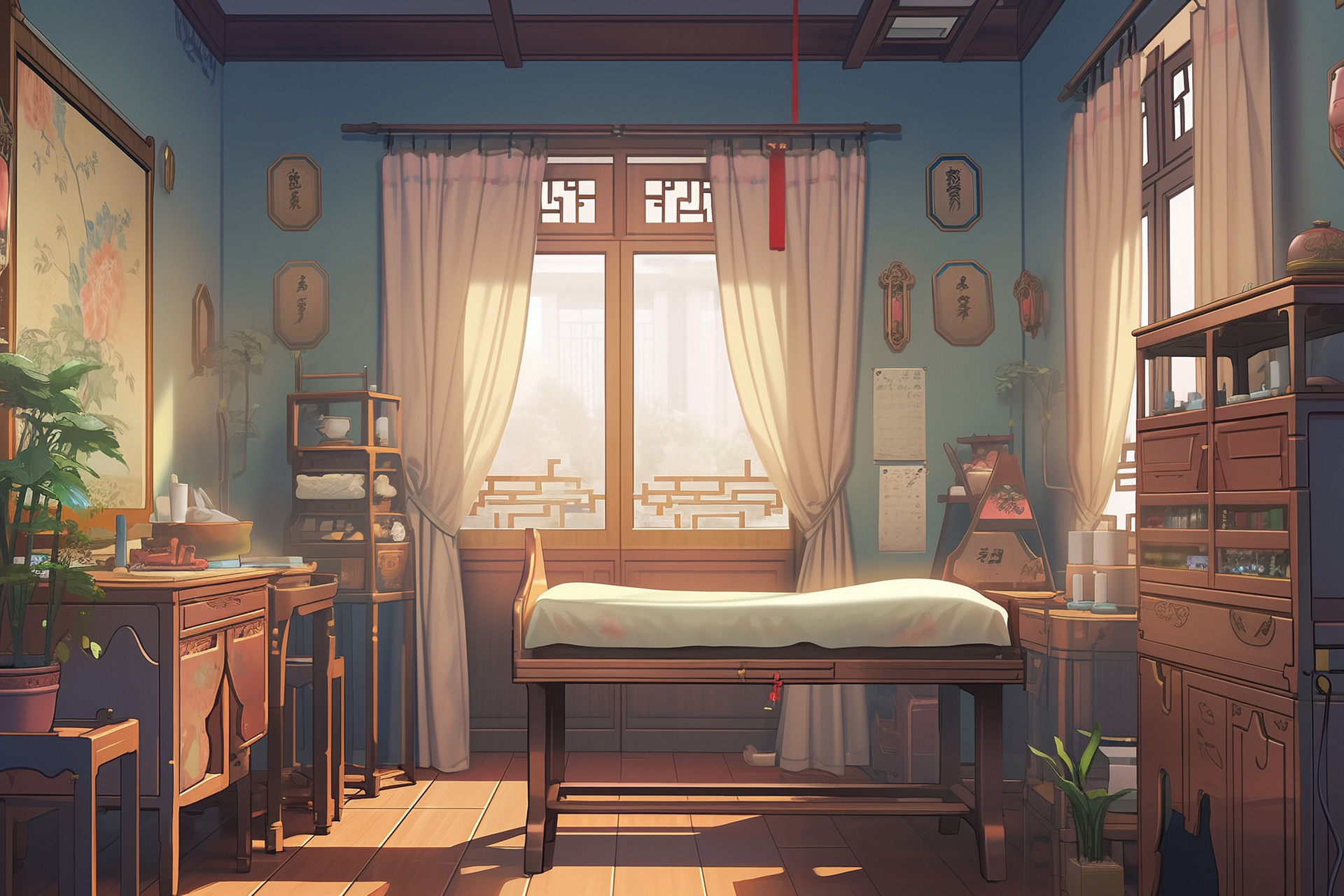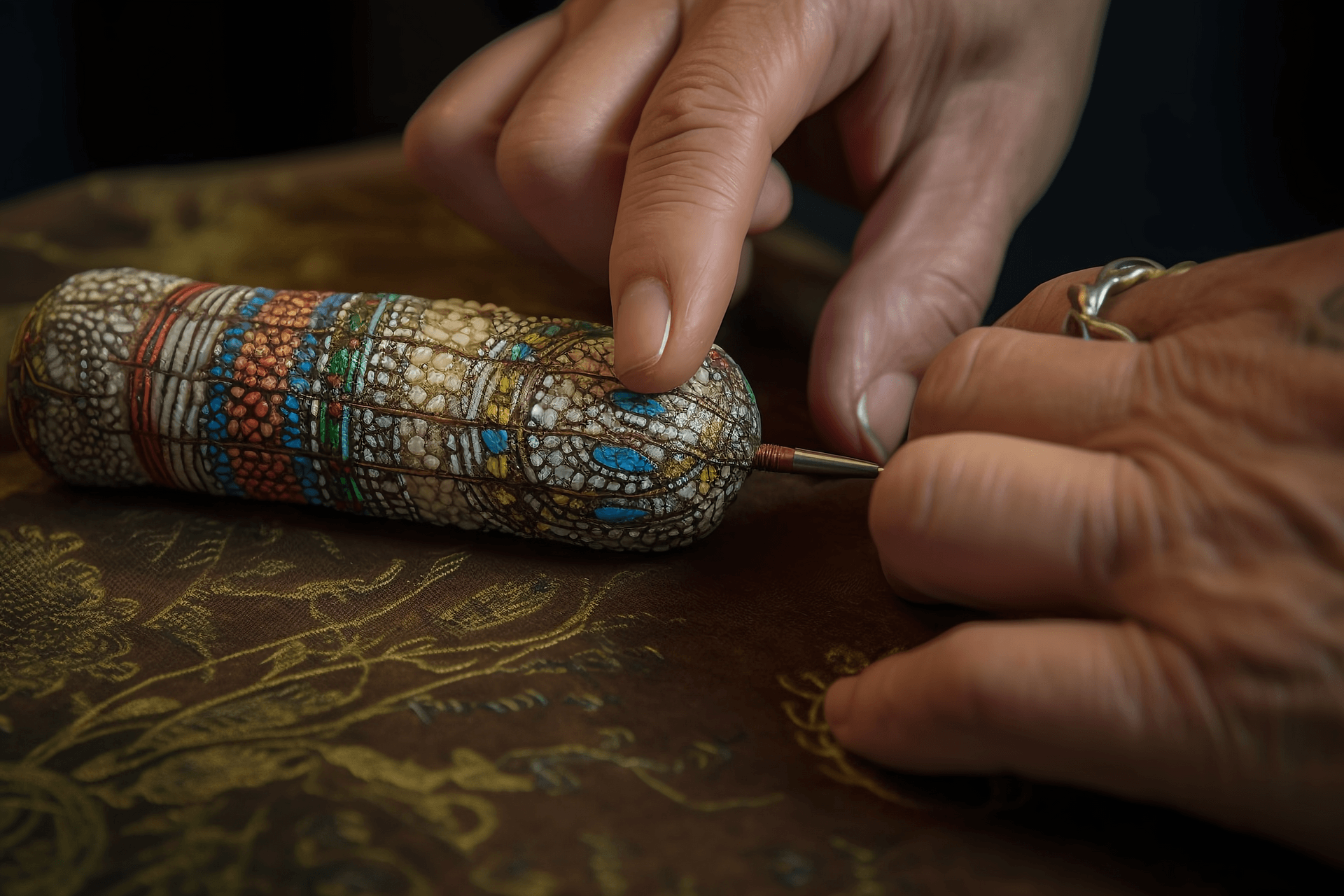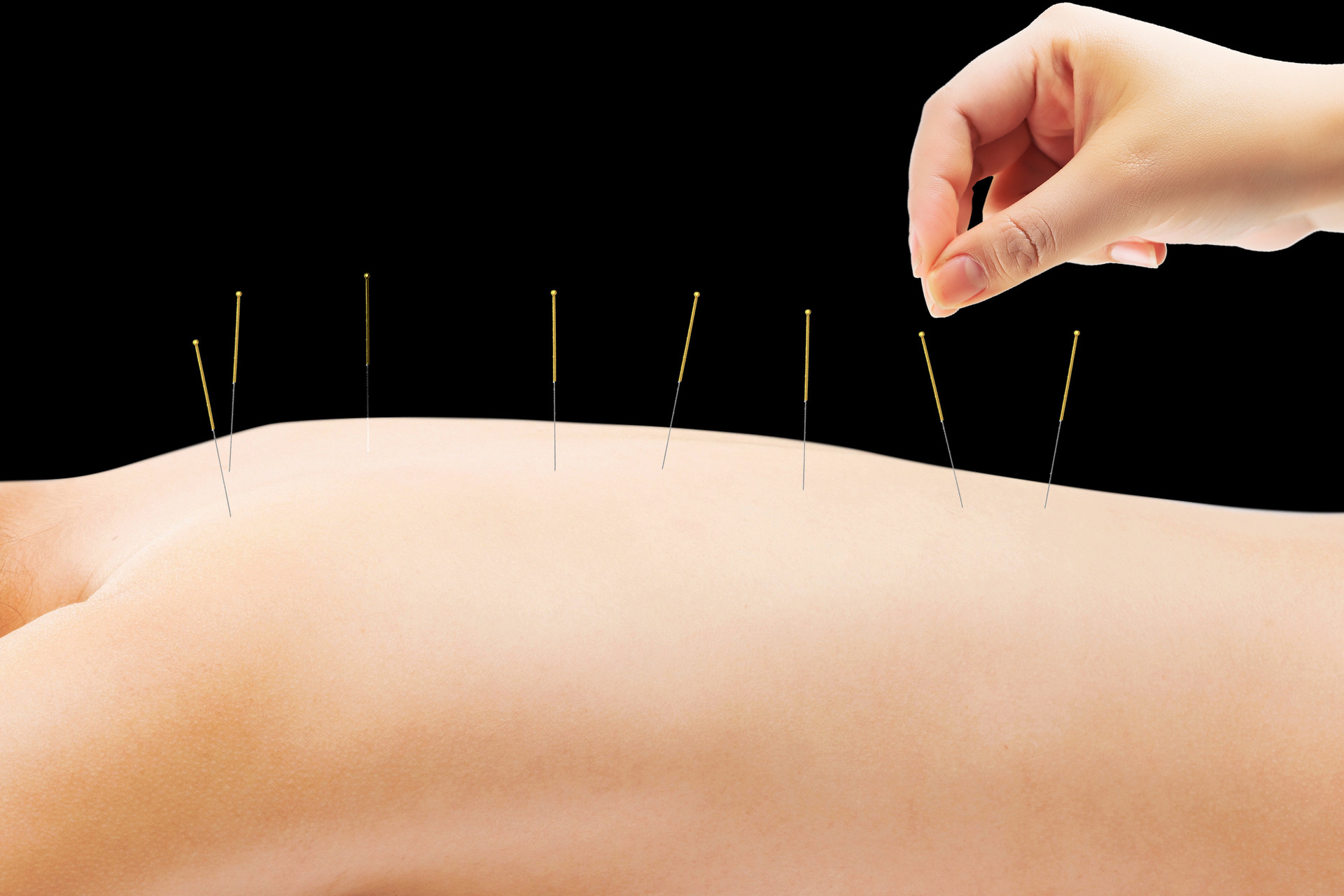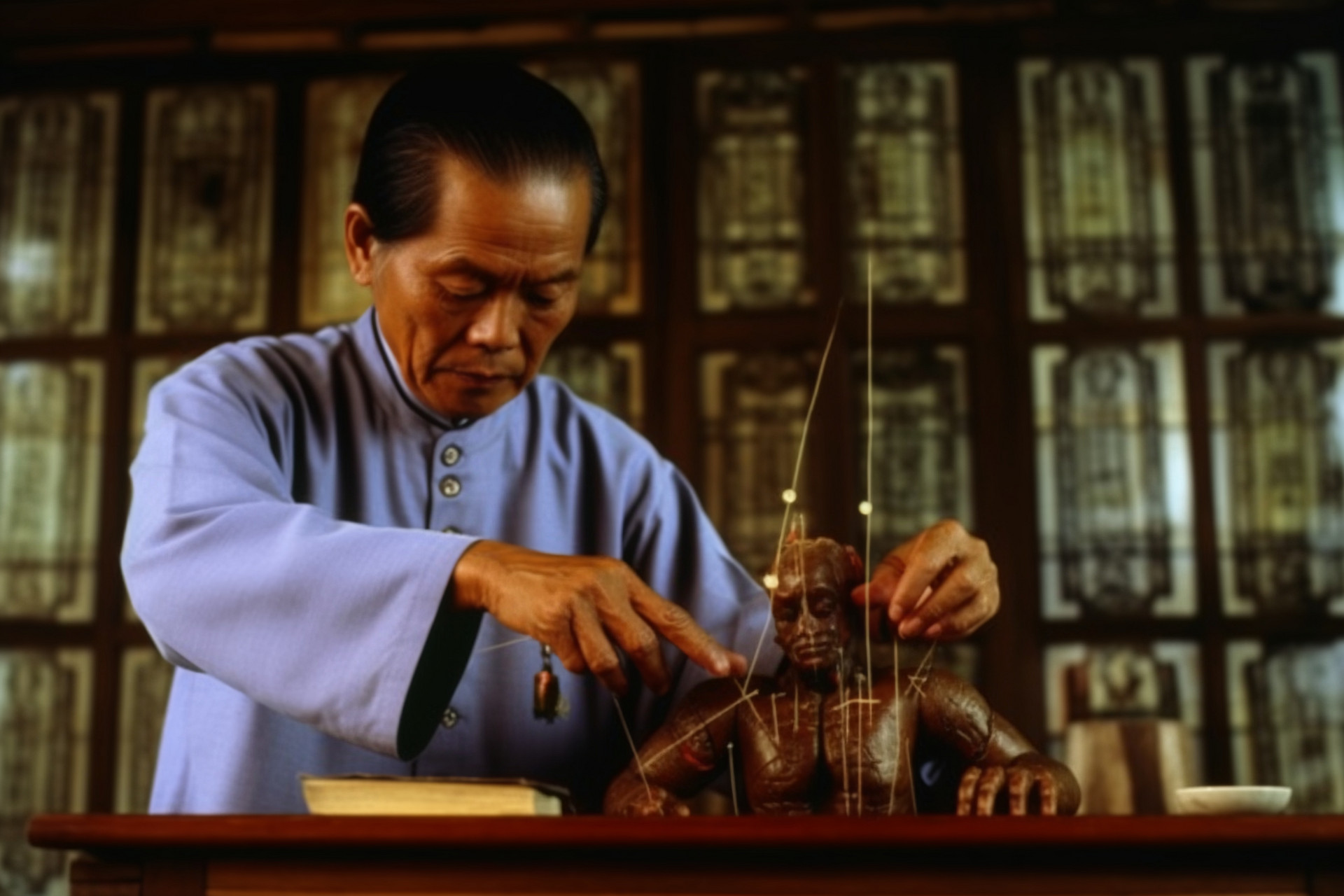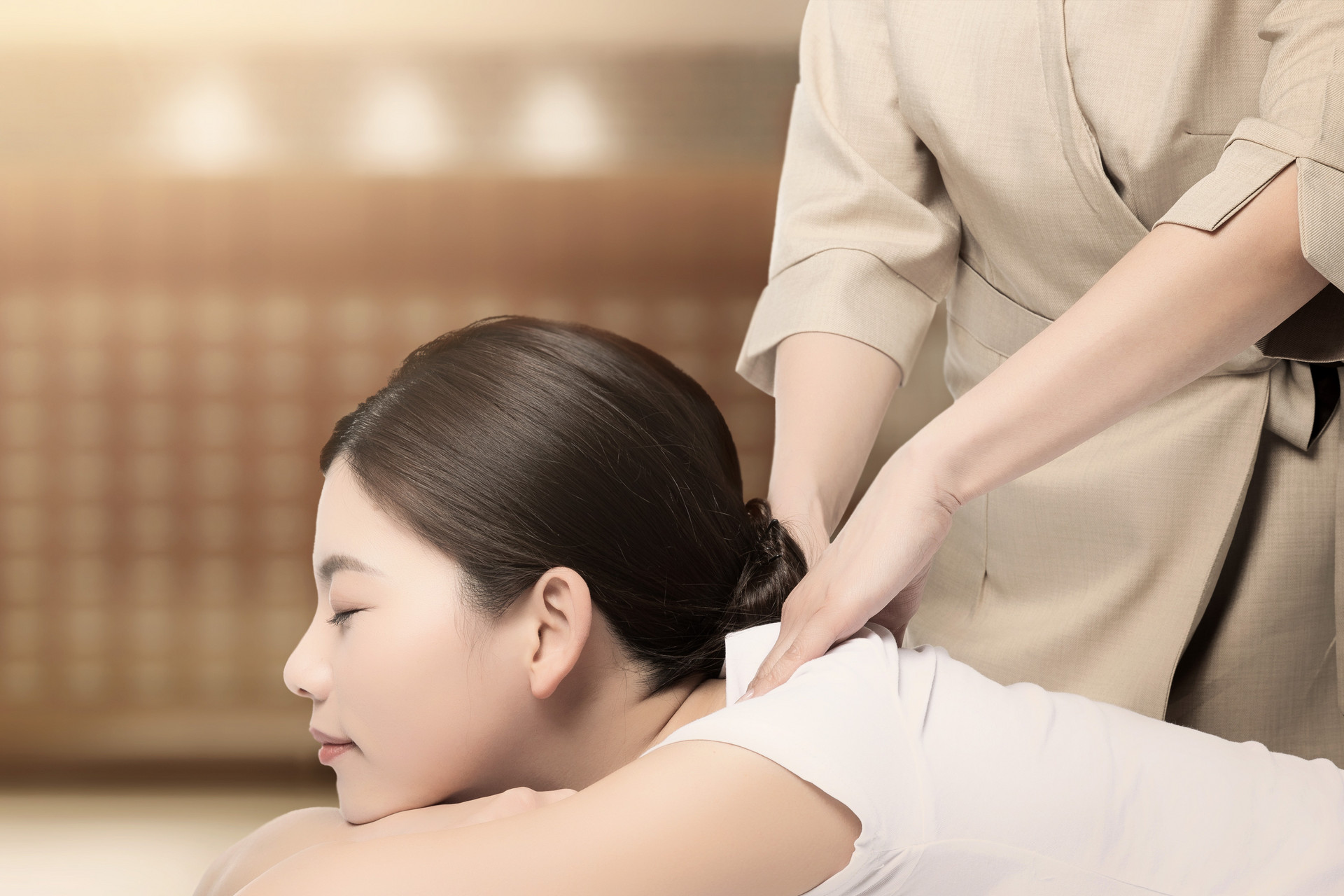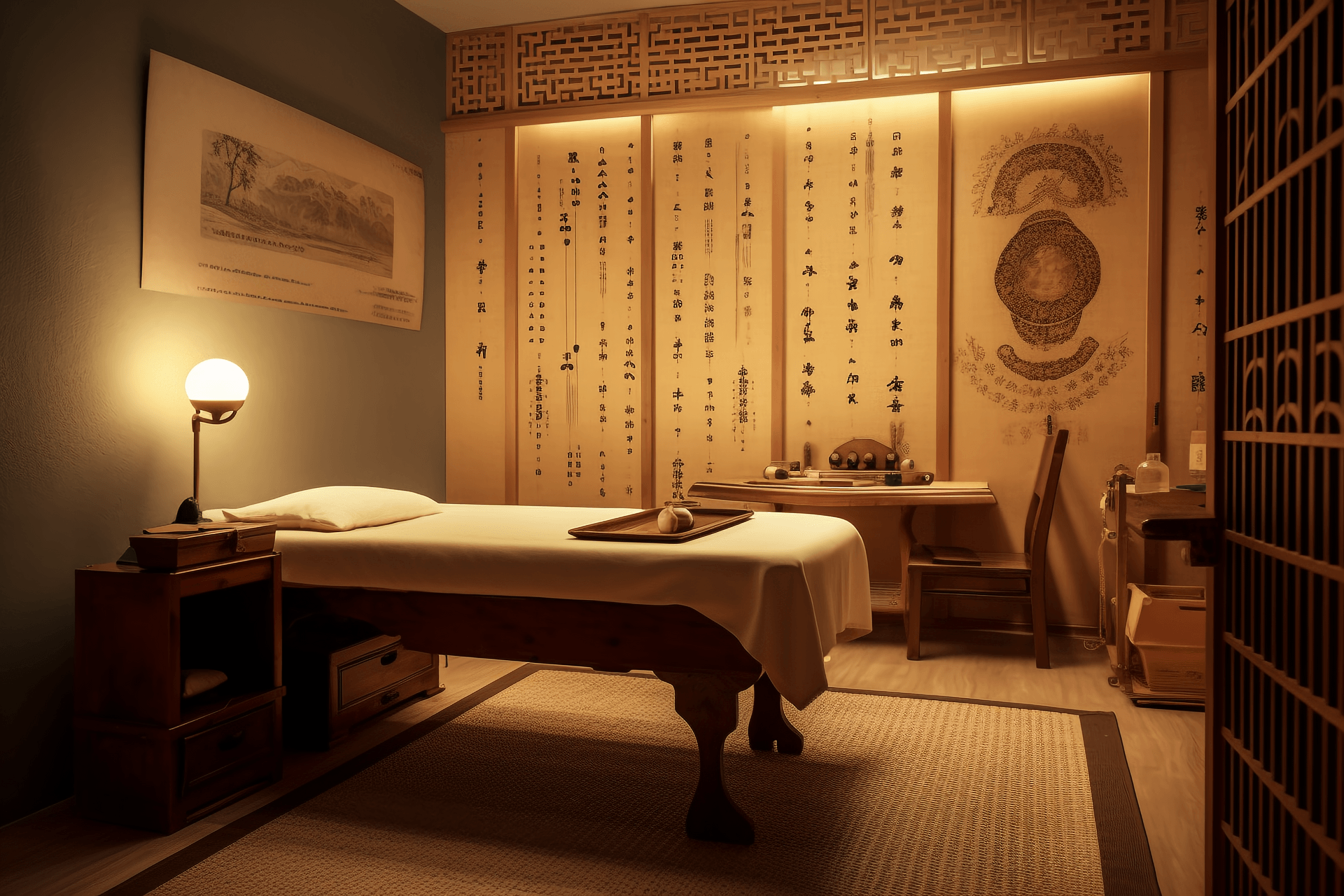Acupuncture therapy, also known as superficial needle therapy or thread needle therapy, is a form of needle therapy. Thread needle, one of the nine needles in ancient times, is 10-16.5cm long with a blunt tip. It can be made of bone, wood, bamboo, or metal. Acupuncture therapy involves using this needle to apply pressure to acupoints in order to achieve the goal of treating diseases.
There are several chapters in the "Ling Shu" that discuss this therapy. For example, the chapter "Nine Needles and Twelve Original Points" states, "The thread needle is as sharp as a grain of millet, and it should be used to press the pulse without sinking in, so as to promote the flow of qi." The chapter "Nine Needles Theory" also mentions, "Thread needle should be used for three days, following the sharpness of millet grain, with a length of three and a half inches. It should be used to press the pulse and expel pathogenic factors." The chapter "Official Needle" states, "For diseases with deficient pulse and qi, the needle should be taken from the well and stream points." In the Ming Dynasty, Xu Chunfu's "Ancient and Modern Medical System" specifically pointed out the indications for thread needle therapy. He said, "Thread needle...is suitable for cases of deficient pulse and qi." This therapy is simple, easy to perform, and painless, which is why it is still widely used by the general public today.
[Method of Operation]
1. Position the patient in a comfortable position that is convenient for the practitioner.
2. Prepare the patient mentally and help them relax.
3. Select acupoints based on the condition.
4. The therapy can be divided into strong stimulation and weak stimulation. Strong stimulation involves applying heavy pressure on the meridians or acupoints with the needle, with quick movements. The patient should feel pain or a tingling sensation spreading upward or downward, and the needle should be quickly removed. Weak stimulation involves lightly pressing the needle on the meridians or acupoints until local skin redness occurs or symptoms alleviate, and then slowly removing the needle. After removing the needle, the local area should be gently rubbed. This therapy should be performed once a day. For mild cases, treatment can stop when the disease is cured. For chronic diseases, a course of treatment consists of 10 sessions. If there is still no significant improvement after one course, other treatment methods should be considered.
Alternatively, a metal needle with a length of 6.8cm (4.5cm handle length, 0.15cm diameter, silver wire wrapped around the top; 2.3cm needle length, 0.1mm diameter, gradually sharpened to the tip) can be used. The needle is inserted shallowly into the skin (about 0.1cm), and then the following techniques are applied:
Pushing needle technique: After the needle tip is pressed onto the acupoint, the practitioner uses their fingernail to repeatedly push and scrape the needle handle from bottom to top. Generally, this is performed in a series of nine repetitions, known as "pushing nine times." One series of pushing nine times is called "pushing one nine," two series are called "pushing two nine," and so on.
Supplementing needle technique: After the above technique (e.g. pushing one nine, pushing two nine) is performed, the practitioner immediately uses the thumb and index finger to hold the top of the needle handle, aligning the needle with the patient's skin at a 60-90 degree angle. Then, pressure is applied from top to bottom in a series of six repetitions, known as "supplementing six times." One series of supplementing six times is called "supplementing one six," two series are called "supplementing two six," and so on.
Draining needle technique: After the pushing needle technique is performed, the practitioner holds the top of the needle handle with the thumb, index finger, and middle finger, and rotates it in a circular motion from right to left (according to the patient's left and right) in a series of six repetitions, known as "draining six times." One series of draining six times is called "draining one six," two series are called "draining two six," and so on.
[Indications]
This therapy can be used to treat any disease that can be treated with needle therapy. It is particularly suitable for conditions such as weak stomach pain, abdominal pain, indigestion, neurogenic vomiting, pregnancy vomiting, and neurogenic disorders. The selection of acupoints is the same as in needle therapy. This method is especially suitable for patients who are afraid of needle therapy. Below are some examples of using this therapy for poor appetite, insomnia, and blood disorders:
1. Poor appetite: Acupoints including Zhongwan, Zusanli, Yinlingquan, Taixi, and Gongsun can be selected. Generally, the techniques of pushing three nine and supplementing three six, or pushing five nine and supplementing five six are used.
2. Insomnia: Acupoints including Taiyuan, Taixi, Daling, Zusanli, Yinlingquan, and Sanyinjiao can be selected. Each time, 5-7 acupoints can be chosen, and the techniques of pushing three nine and supplementing three six, or pushing five nine and supplementing five six are used.
3. Blood disorders (such as anemia, thrombocytopenic purpura, leukemia, etc.): Acupoints including Quchi, Hegu, Zusanli, Taixi, Ganshu, and Pishu can be selected. The techniques of pushing three nine and supplementing three six, or pushing five nine and supplementing five six are often used for supplementing, and the techniques of pushing three nine and draining three six are often used for draining.
[Precautions]
1. Do not perform the therapy when the patient is extremely hungry, full, or overly fatigued.
2. Pregnant women should avoid acupoints on the abdomen and other forbidden areas, and pushing needle therapy should not be used.




